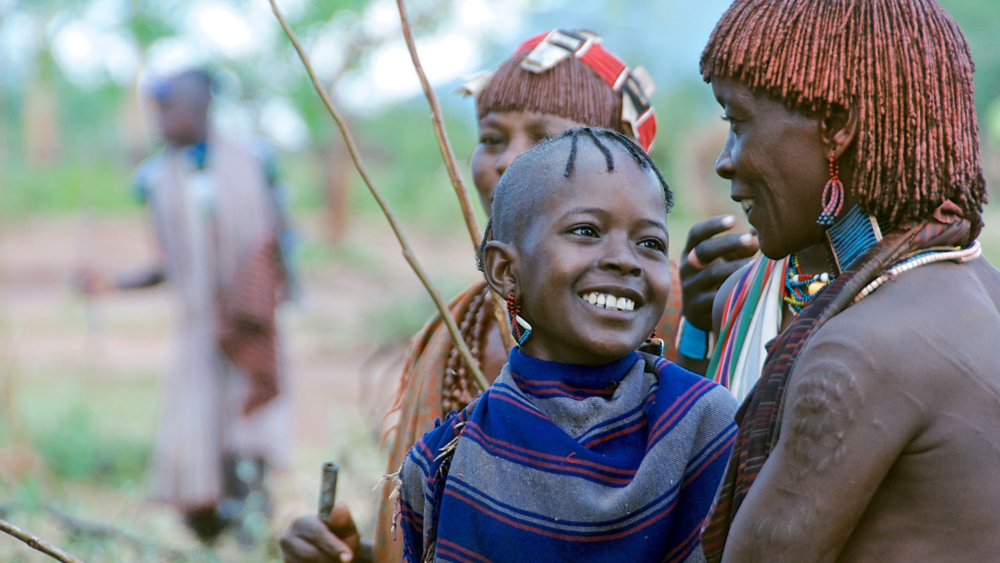by Richard Haney, Executive Director
Executive Director Richard Haney will be presenting his paper, “The Ruthwell Cross Reconsidered: An Object Lesson in Material Art as a Bridge between Textual and Oral Messages,” at the Oxford Centre for Mission Studies next month. Here he shares some thoughts about the way orality is shifting paradigms within frontier mission.
More than 5 billion of the 7.7 billion people on earth are oral preference communicators. Some are illiterate, unable to read or write. A newer and growing sub-population (1.35 billion), however, includes those termed “secondary oral learners.” These are people who have the ability to read and write but prefer to learn by oral means, aided by audio and visual forms of communication.
Jay Moon of Asbury Theological Seminary tracked a set of secondary oral preference learners between 2005 and 2013 and discovered that over half of them preferred oral learning compared to print learning. His data suggests that the number and percentage of secondary oral learners will continue to increase.
Experts attribute the rise in secondary orality to technological advances such as television, radio and movies. Subsequent technologies like the computer, tablet and smartphone are adding exponentially to the number of devices that pose as rivals to the printed word. In his article, “I Love to Learn but I Don’t Like to Read: The Rise of Secondary Oral Learning,” Moon concludes, “The small flame of secondary oral learning has blazed into a brush fire of digit-oral learning.”
What available strategies can teachers, preachers and missionaries use in facing this secondary orality paradigm shift in learning preferences? What similar or different strategies should be employed to bring the Gospel to primarily oral peoples? Mission agencies have recognized anew the importance of communicating with stories. The Bible is filled with stories, from Old Testament narratives of Israel’s journey with God to New Testament stories of Jesus and the early Church. Mission ministries have launched numerous storytelling efforts to communicate more effectively with oral learners.
These developments give a mission agency like ours a moment to pause and realize the complexity of the learning process. We have partners doing Bible translation and literacy training so people can read newly translated scriptures. We also have partners starting Bible studies and house churches by memorizing and telling stories. How do we discern the right strategy—oral stories or Bible reading and literacy—to help people gain access to Jesus? And must it be an either/or proposition?
I recently came across the research and insights of Maryanne Wolf. She has studied dyslexia, reading, language and literacy. In her fascinating new book, Reader Come Home: The Reading Brain in a Digital World, Wolf shares her concern about the rise in digital reading. With its propensity toward immediacy, dart-quick task switching and continuous distraction, she believes digital reading threatens to rewire brain circuitry in secondary oral learners.
She instead applauds and endorses what she terms “deep reading,” a reading that stimulates multiple parts of the brain and requires time and attention. Wolf cites studies indicating that deep reading builds empathy, our “moral laboratory,” and adds to a reservoir of knowledge that allows the reader to move from perception to cognition.
If our mission strategies endorse oral learning methods that discourage “deep reading,” will we unintentionally hinder people from developing their capacities to think deeply, reflect on God’s Word, develop empathy and accumulate wisdom? This question calls us to more research and prayer as we seek wisdom on best practices to help our global neighbors experience grace and truth from the Word Incarnate.


Comments are closed.